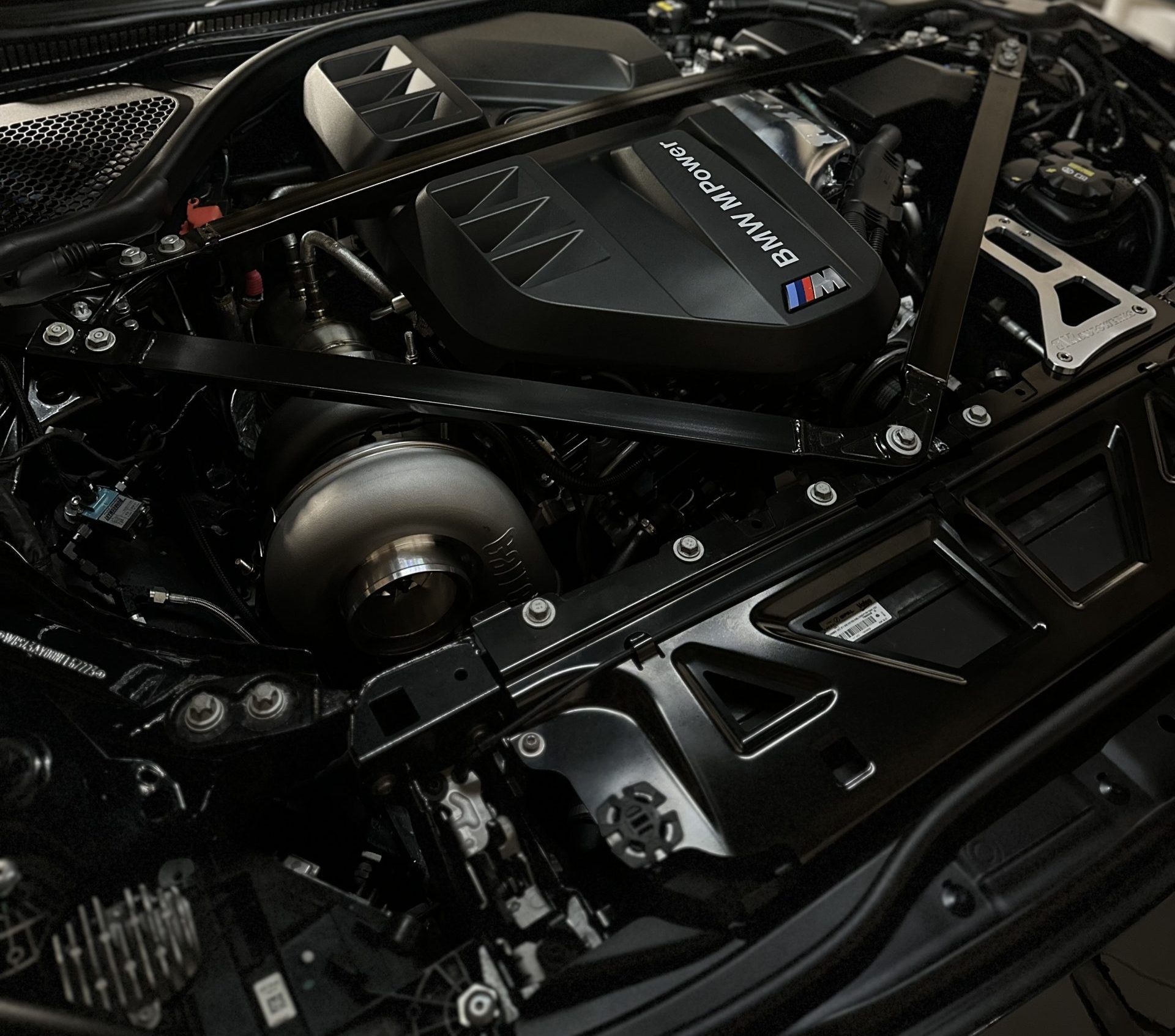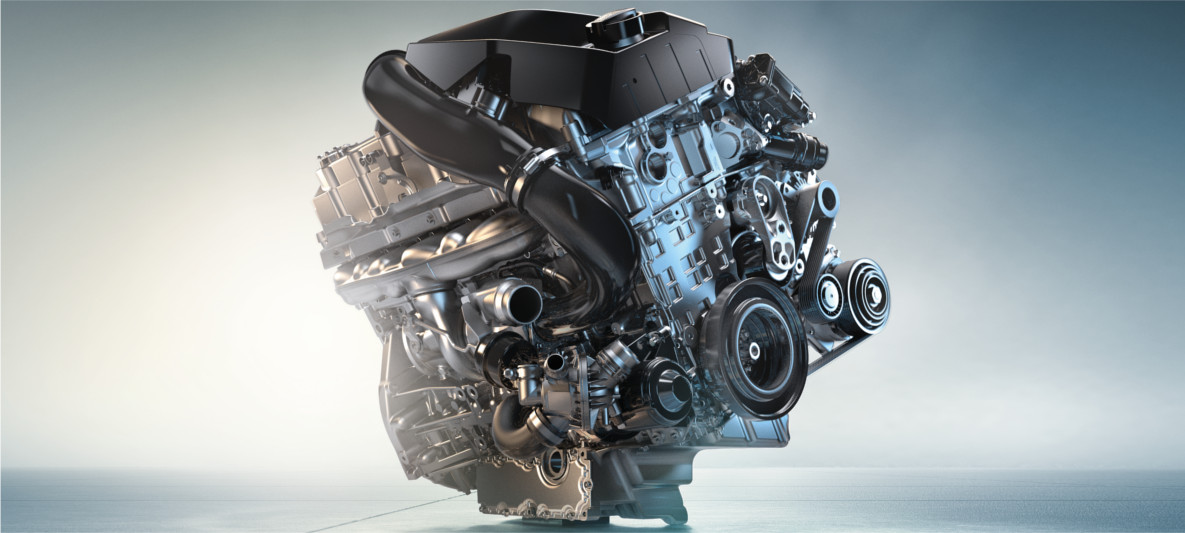The Advancement of the BMW Engine: A Look Back at Iconic Versions
The Advancement of the BMW Engine: A Look Back at Iconic Versions
Blog Article
Exploring the Evolution of Combustion Engines in Modern Transportation Equipments
As we browse the landscape of modern-day transport, the evolution of combustion engines stands as a testament to human resourcefulness and design prowess. The interplay of history, modern technology, and environmental concerns in forming the trajectory of burning engines produces a narrative that is both compelling and informative.
Very Early Beginnings of Combustion Engines
Just how did the idea of burning engines initial arise in the very early phases of transport development? The roots of combustion engines can be mapped back to the 17th century when the principles of inner burning were first discovered.
The breakthrough minute featured the development of the very first effective gasoline-powered engine by Karl Benz in 1885 - bmw engine. This engine led the means for the advancement of the modern car, revolutionizing transportation systems worldwide. Succeeding innovations by Nikolaus Otto and Gottlieb Daimler further improved combustion engine innovation, resulting in the automation of automobiles and the rapid expansion of the transport industry
These very early burning engines were characterized by their simplicity and efficiency, laying the structure for the complex and powerful engines used in contemporary transport systems. The evolution of burning engines has contributed fit the means we take a trip and move goods, marking a considerable turning point in the background of transportation development.
Shift to Internal Combustion Modern Technology
The change to inner combustion innovation marked a critical change in the advancement of transportation systems. This shift started in the late 19th century, with innovators like Nikolaus Otto and Gottlieb Daimler creating the first successful inner combustion engines. These engines reinvented transportation by using a much more powerful and efficient choice to steam engines and electric motors.
Among the vital advantages of inner burning engines was their capacity to be scaled down to fit into vehicles, causing the advancement of bikes and automobiles. This change from cumbersome, fixed engines to small, mobile ones paved the way for the modern transport systems we see today.
The shift to interior combustion technology also stimulated improvements in fuel innovation, causing the development of gas and diesel as primary fuel resources for cars. This shift not only made transportation much more accessible to the masses however also laid the structure for the oil and gas industry to end up being integral to international economic climates.
Impact of Combustion Engines on Transportation
The adoption of combustion engines in transportation systems militarized an extensive shift in the performance and rate of international mobility. Burning engines reinvented transport by giving a reputable and versatile source of power for numerous automobiles, including cars and trucks, trucks, ships, and planes. This advancement substantially enhanced the ability for items and individuals to relocate over long distances in much shorter period, bring about enhanced connectivity between regions and countries.
Furthermore, the extensive usage of burning engines has actually had a substantial effect on economic development. The capacity to move goods efficiently has actually spurred profession and business, allowing businesses to broaden their markets and reach customers worldwide. This has actually promoted financial development more helpful hints and globalization, as products can now be transferred much faster and in bigger amounts than ever in the past.
However, the ecological influence of combustion engines can not be ignored. The burning of nonrenewable fuel sources has actually caused air pollution and greenhouse gas exhausts, adding to climate modification and posing health threats to populations. bmw engine. Therefore, there is a growing emphasis on creating alternate propulsion innovations to mitigate these adverse impacts and create a much more sustainable future for transport
Technologies in Burning Engine Design
Many advancements in burning engine style have thrust the evolution of transportation systems over the years. One noteworthy advancement is the development of turbocharged engines, which utilize exhaust gases to drive a turbine that presses inbound air, allowing for more fuel to be burned, resulting click site in increased power output without a substantial boost in engine size. Furthermore, straight injection technology has actually enhanced gas efficiency and performance by exactly controlling the quantity and timing of gas injected into the burning chamber. Variable shutoff timing systems have actually likewise changed engine layout by maximizing airflow at different engine rates, boosting both power and efficiency. One more significant innovation is the integration of lightweight materials such as carbon fiber and aluminum alloys, minimizing total engine weight and enhancing vehicle gas economy. Advancements in computer-aided layout have actually enabled engineers to enhance engine performance and performance with simulations before physical prototypes are developed, conserving time and resources in the More about the author development procedure. These technologies jointly add to the continual enhancement of burning engines in contemporary transport systems.
Future Patterns in Burning Engine Growth
With technology advancements driving continual technology, the future of combustion engine development is positioned to transform transport systems around the world. One of the crucial fads in combustion engine advancement is the press towards better performance and lowered emissions. Manufacturers are investing greatly in study and advancement to improve engine efficiency while meeting rigid environmental guidelines. This includes the assimilation of advanced fuel injection systems, boosted turbocharging approaches, and using lightweight products to maximize fuel intake and lower carbon emissions.
An additional noticeable pattern is the fostering of crossbreed modern technologies in burning engines. Hybrid engines integrate traditional combustion innovation with electrical power, supplying improved gas performance and reduced emissions. As the automotive industry changes towards electrification, hybrid combustion engines are seen as a transitional option that connects the space between traditional cars and completely electric ones.
In addition, the combination of smart modern technologies, such as fabricated intelligence and data analytics, is expected to play a considerable function in the future of burning engine advancement. These innovations can enhance engine performance in real-time, leading to more effective burning procedures and boosted general car performance. Accepting these future trends will certainly not only drive innovation in burning engine development yet additionally add to a much more sustainable and eco-friendly transport community.

Final Thought
To conclude, the advancement of burning engines in modern-day transportation systems has actually been noted by significant developments in innovation and layout. From the early starts of combustion engines to the shift to interior burning innovation, these engines have actually had a profound impact on transportation. Developments in combustion engine layout remain to drive development in this field, with future trends concentrating on more boosting performance and lowering emissions. The future of burning engines in transport looks appealing as r & d initiatives continue to press borders.
The roots of combustion engines can be traced back to the 17th century when the concepts of internal burning were very first discovered. These engines transformed transportation by offering an extra reliable and effective choice to heavy steam engines and electric motors.

Report this page